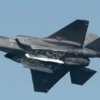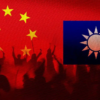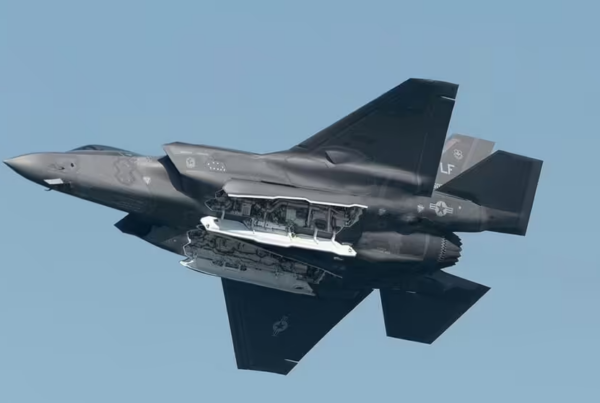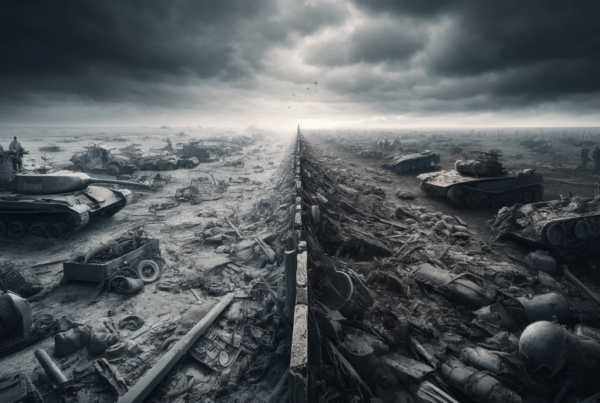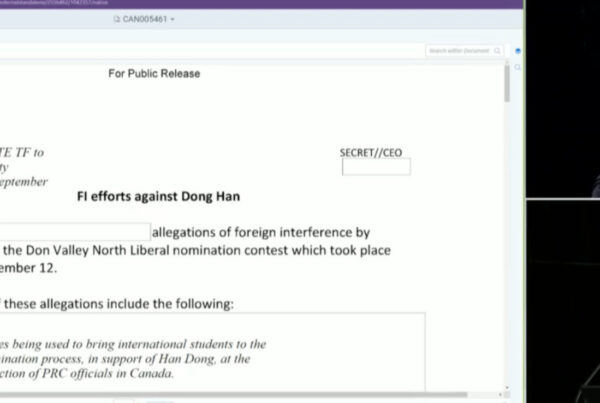The below is Part One of Two of one of the winning essays from our inaugural “Langley Hope Academic Excellence in Security and Defence Commentary Award Programme.” Stay tuned in the coming weeks for the publication of more winning and noteworthy submissions.
Introduction: Canada’s new defence policy
“Why do we spend billions on defence, if we are not immediately threatened?”[1]
So asked Foreign Affairs Minister Chrystia Freeland during a landmark speech to the House of Commons on 6 June 2017, in which she laid out the Liberal government’s worldview following America’s apparent desire to shrug off “its mantle of global leadership.”[2] The Foreign Minister answered her own rhetorical question, enumerating the threats to Canada and the benefits it reaps from having hard power to back up its diplomacy. Positioning Canada as a defender of a 70-year-old liberal internationalist order under threat, the Minister’s speech suggested that although defending the homeland is of course an important priority, the Canadian military’s raison d’être revolves more around Canada’s diplomatic goals and the optics of participation. In short, Canada reaps rewards from the global multilateral system—including whatever influence it has on global affairs—by providing visible military commitments, no matter how relatively small or tokenistic: “doing our fair share is clearly necessary. It is why our commitment to NORAD, and to our strategic relationship with the United States, is so critical. It is by pulling our weight in this partnership, and in all our international partnerships, that we, in fact, have weight.”[3]
The day after the Foreign Minister’s speech, Minister of Defence Harjit Sajjan released Canada’s new defence policy, Strong, Secure, Engaged (hereinafter called SSE), which commits to increasing the national defence budget by 70 per cent (from $18.9 billion to $32.7 billion) over the next decade.[4] In total, the plan pledges to devote $62.3 billion to the military over the next 20 years, primarily dedicated to new capital purchases such as 15 surface combatant ships and 88 fighter jets.[5]
The huge expenditure that these capital investments represent—especially at a time when the federal government is running $29 billion deficits[6]—leads me to pose a key question: if the primary purpose of the Canadian military is to function as a tool in Canada’s broader diplomatic efforts (i.e. to achieve security by strengthening Canada’s influence in the global international order) and the primary benefits of having a “strong, secure, and engaged” Canadian military are reputational, are there better places to allocate this budgetary increase (i.e. foreign aid, official development assistance, other “soft power” instruments, etc.) to achieve that goal?

Figure 1: Projected increase in capital spending by Department of National Defence under SSE[7]
Using this question as a jumping off point, I will analyze how SSE fits in with Canada’s broader grand strategy and vision for the next century. Firstly, I will describe the key threats to Canada’s security, arguing that the geographic environment will likely remain low-threat (despite alarmist rhetoric surrounding the Arctic) and that terrorism, climate change, and economic risks pose a larger threat to Canada’s short- and long-term security. Secondly, I will use a four-factor model (military doctrine, diplomacy, civ-mil relations, innovation) to discuss Canada’s traditional grand strategy and posture on the world stage. Thirdly, I will provide a brief comment on the Canadian Armed Forces (CAF) and its current capacity to respond to these threats. And finally, I will seek to answer a much deeper question: why does Canada maintain a military force at all, given that there are structural incentives (geography foremost among them) to simply free-ride off America and reallocate defence-budget resources to overstretched domestic programs?
Overview of Canada’s grand strategy
The following chart provides an overview of Canada’s grand strategy from a system-level (threat analysis) perspective. This chart is an attempt at a comprehensive overview; the most relevant interests and threats will be discussed in the following section.
|
Summary of Canada’s grand strategy |
|||
|
Core interests |
Key threats (IVs) |
Policy responses (DVs) |
|
| Defend the homeland from attack, incursion, or interference
Maintain domestic security and stability |
Terrorism, including cyber-terrorism | Domestic policing, counter-terrorism, social programming/deradicalization, and intelligence work | |
| Conflicts over natural resources (i.e. Arctic drilling, fishing in Canadian waters) |
|
||
| Arctic aggression from Russia, (and to a lesser extent the US) | |||
| ICBM strike on Canada from North Korea | |||
| Abandonment by the US (and to a lesser extent NATO allies) | Keep US happy (and NATO too) | ||
| Humanitarian crisis from migration/refugees | Foreign aid, including peacekeeping; domestic integration policies | ||
| Climate change and its effects (e.g. natural disasters, severe drought/heat waves destroying agriculture, etc.) | Domestic climate policies, including disaster response military planning; international climate commitments (i.e. Paris Agreement) | ||
| Maintain economic vitality and standard of living | |||
Economic decline:
|
Domestic economic/social policies (innovation, education, etc.) | ||
| Influence global affairs as a middle power | Support liberal internationalist order:
|
||
| Avoid an expensive and domestically unpopular war | Chain-ganging with US/NATO allies (in Europe against Russia, in Middle East) | Push for diplomatic solutions through multilateral bodies (e.g. UN) | |
| Keep the Confederation intact | Separatism in Québec, Western Alienation | Maintain regional representation in federal government | |

